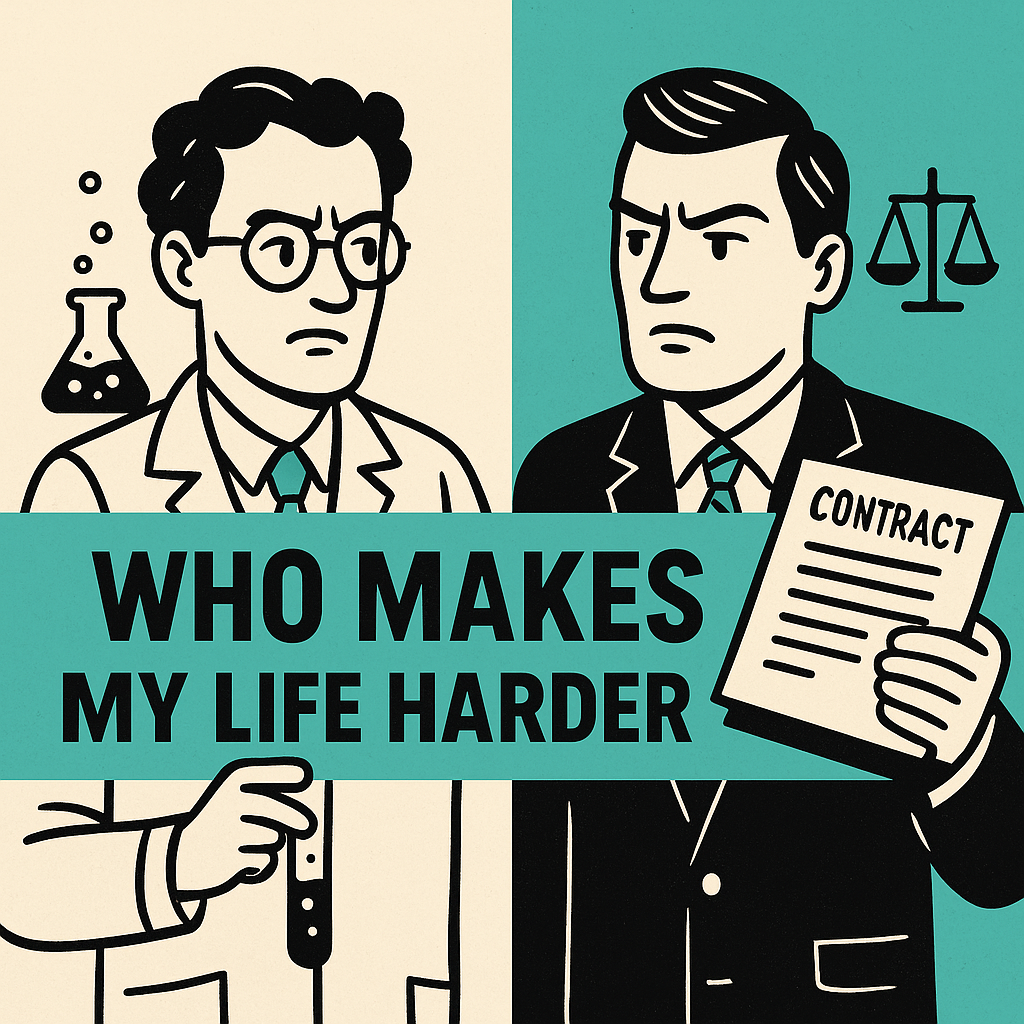Your LinkedIn Profile is Costing You Jobs: The Science of Being Found by Headhunters
How to Make Recruiters Find You on LinkedIn Before Your Competitors
In today’s job market, hiring managers aren’t waiting for applications - they’re actively searching for the best talent. If your LinkedIn profile isn’t optimized, you’re invisible to recruiters and missing out on opportunities in life sciences and biotech
Here’s how to get found, get noticed, and get hired.
Use the Right Keywords: How Recruiters Actually Search
Recruiters don’t scroll through LinkedIn manually—they use search algorithms to filter for the best candidates. If your profile doesn’t include the right keywords, you won’t appear in their searches.
- Use industry-specific terms. Instead of just “Scientist,” use “Computational Biologist specializing in AI-driven Omics.”
- Highlight critical skills. If you work with Python, R, machine learning, or NGS, list them explicitly.
- Avoid company-specific jargon. Recruiters search based on job postings, not internal terminology, so match your language to industry standards.
If recruiters can’t find you, they can’t hire you.
Make Your Headline and Summary Stand Out
Your headline is prime real estate. A generic title like “Senior Scientist” tells recruiters nothing.
Instead:
- Be specific about your expertise.
- “Bioinformatics Lead | AI in Drug Discovery | NGS & Genomics Data Analysis” is far more compelling.
- Write a summary that sells you.
- Don’t just copy your CV—explain how you solve problems in your field.
- Make it easy to skim.
- Use bullet points to highlight key skills and achievements.
Recruiters scan hundreds of profiles daily—make them stop scrolling when they see yours.
Optimize Your Experience Section for Visibility
Your experience section isn’t just about listing past jobs, it’s about showing impact.
- Write in results-driven language.
- Instead of “Worked on genomic data pipelines,” say “Developed an NGS pipeline that reduced data processing time by 40%.”
- List relevant technologies.
- AI-powered recruitment tools scan for specific software and methodologies. If you don’t list them, you’ll be overlooked.
- Keep it accessible.
- Avoid excessive company jargon—use widely recognized terms that align with job descriptions in your field.
Stay Active: LinkedIn’s Algorithm Rewards Engagement
A static profile won’t get you noticed. LinkedIn prioritizes active users in search results, meaning the more you engage, the more visible you become.
- Share industry insights.
- Post about biotech trends, AI in life sciences, or Omics breakthroughs.
- Engage with recruiter posts.
- Commenting on relevant discussions increases your visibility.
- Follow and interact with target companies.
- The more active you are, the more likely recruiters are to find you.
Even a few minutes of engagement per week can make a big difference in how often you appear in recruiter searches.
Boost Your Profile with Recommendations and Connections
Recruiters prioritize candidates with strong networks and credible endorsements.
- Request recommendations.
- A few well-placed testimonials from managers, peers, or collaborators can add instant credibility.
- Connect strategically.
- Follow key players in your industry and engage with life sciences recruiters.
- Keep your contact settings open.
- If recruiters can’t message you, they’ll move on to someone they can.
Your network isn’t just about who you know, but who can help put opportunities in front of you.
Final Thoughts: Make Yourself Unmissable
Your LinkedIn profile isn’t just an online resume—it’s your first impression to recruiters and hiring managers.
If you optimize it properly, you won’t just be seen—you’ll be actively pursued for the best roles in life sciences.
Want to be found by top-tier life sciences employers?
At Symbiotica, we connect high-impact candidates with leading biotech and pharma companies.
Optimize your profile, and let the right opportunities come to you.
Contact Us
Hiring is data. Retention is psychology. The best companies get both right - only the exceptional make it a strategy
















